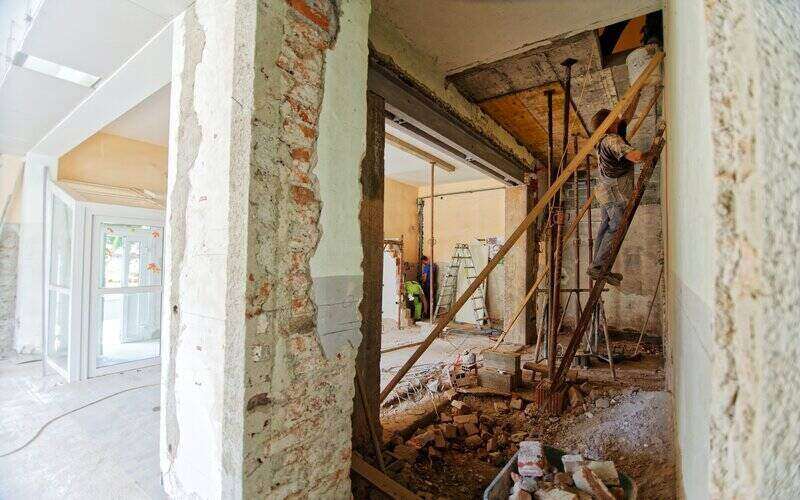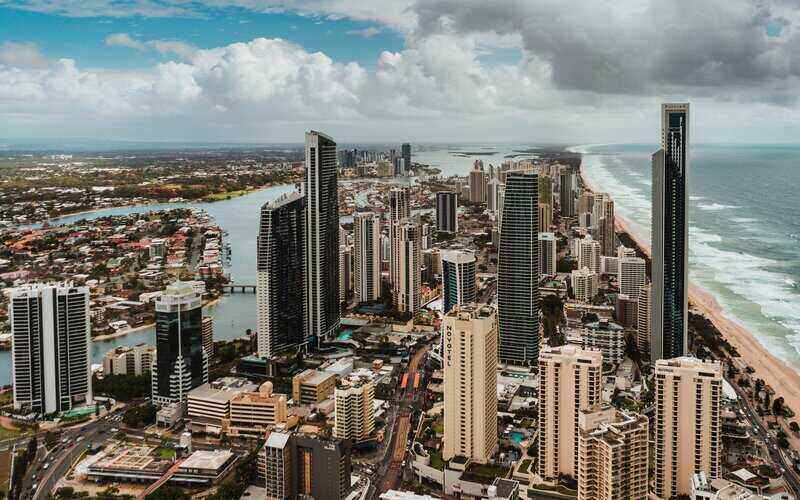Commissioned by Teachers Mutual Bank and Genworth Mortgage Insurance Australia, PwC’s The Deposit Gap Dilemma report said the Federal Government could allow such workers with a less than 20% deposit (over 80% LVR) to deduct the costs of buying an owner-occupier home.
These expenses could include lenders mortgage insurance, conveyancing costs, loan application fees and inspection costs.
Such tax deductibility policies are currently only available for property investors.
The report suggests these tax breaks be made available for “key workers” in healthcare, teaching and emergency services industries, who feel they’re being priced out of Australia’s two largest cities.
“We are potentially looking at a drain of key workers from Australia’s two largest
“If our key workers can’t find homes, our cities can’t function.”
The report found that 79% of these key workers believe home ownership is not achievable for them and as a result, almost one in four are looking to either relocate away from those cities or change careers altogether.
According to the report, the Government could consider extending the property investor tax deductions to key workers in Sydney and Melbourne looking to buy a home, “to encourage them to remain in these cities, where demand for their services is greatest”.
PWC’s estimates found such a policy would cost the Federal Government $63 million in tax revenue if supported.
These comments from Teachers Mutual Bank and PWC come despite recent analysis from CoreLogic showing sharp declines in these cities median dwelling values.
“Although house prices in Sydney and Melbourne have dropped by 12.3% and 8.7% from their respective 2017 peaks, the barriers to housing affordability for key workers are entrenched, and not significantly alleviated by price depreciation in this range,” PwC reported.
According to PwC’s analysis, a 50%-60% decline in housing prices is needed before key workers can contemplate buying a home ‘within reasonable reach’.
(The latest data from CoreLogic’s March report shows these falls are now actually 13.9% and 10.7% respectively).
| City | Monthly change | Quarterly change | Annual change | Median value |
|---|---|---|---|---|
| Sydney | -0.9% | -3.2% | -10.9% | $782,473 |
| Melbourne | -0.8% | -3.4% | -9.8% | $624,425 |
| Brisbane | -0.6% | -1.1% | -1.3% | $489,832 |
| Adelaide | -0.4% | -0.5% | 0.8% | $426,990 |
| Perth | -0.4% | -2.9% | -7.7% | $442,716 |
| Hobart | 0.6% | 1.2% | 6.0% | $464,168 |
| Darwin | -0.6% | -3.9% | -6.8% | $400,316 |
| Canberra | 0% | 0% | 3.1% | $595,212 |
| Combined capitals | -0.7% | -2.7% | -8.2% | $597,860 |
| Combined regional | -0.4% | -1.0% | -2.1% | $376,728 |
| National | -0.6% | -2.3% | -6.9% | $524,149 |
Source: CoreLogic
For feedback or queries, email will.jolly@savings.com.au

Ready, Set, Buy!
Learn everything you need to know about buying property – from choosing the right property and home loan, to the purchasing process, tips to save money and more!
With bonus Q&A sheet and Crossword!



 Denise Raward
Denise Raward



 Jacob Cocciolone
Jacob Cocciolone

